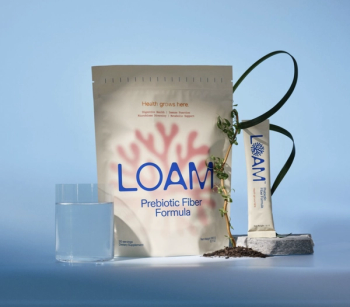
New testing method capable of quantifying insoluble proanthocyanins in cranberry
The innovation opens new possibilities for cranberry research and product development says researchers, and ingredient supplier
A recent study published in the
“Historically, most cranberry-related health outcomes were associated with juice and juice-derived products which contained only soluble PACs,” explains Christian Krueger, CEO of Complete Phytochemical Solutions, in a press release. “Insoluble PACs have been an under-represented/unappreciated component of cranberry fruit. Now that the industry has moved into whole fruit products, insoluble PACs come into the equation. With the butanol test method, we can do a better job of providing formulators, marketers, and health researchers with more complete compositional information of their starting material.”
According to Krueger, this new test method has the potential to open doors to structure/function claims related to insoluble PACs through research and better understand the role of insoluble PACs in the gut.
“We want to understand all the components within the fruit, but we couldn’t do that without an accepted, validated test method for insoluble PACs,” says Stephen Lukawski, director of sales and business development for Fruit d’Or, in a press release. "This is a foundational tool that will enable us to continue our work with researchers and scientists on the efficacy behind the cranberry."
References:
1. Gullickson ER et al. “Development of a cranberry standard for quantification of insoluble cranberry (Vaccinium macrocarpon Ait.) proanthocyanidins.” Journal of Agricultural and Food Chemistry, Published online ahead of print July 22, 2019
Newsletter
From ingredient science to consumer trends, get the intel you need to stay competitive in the nutrition space—subscribe now to Nutritional Outlook.





